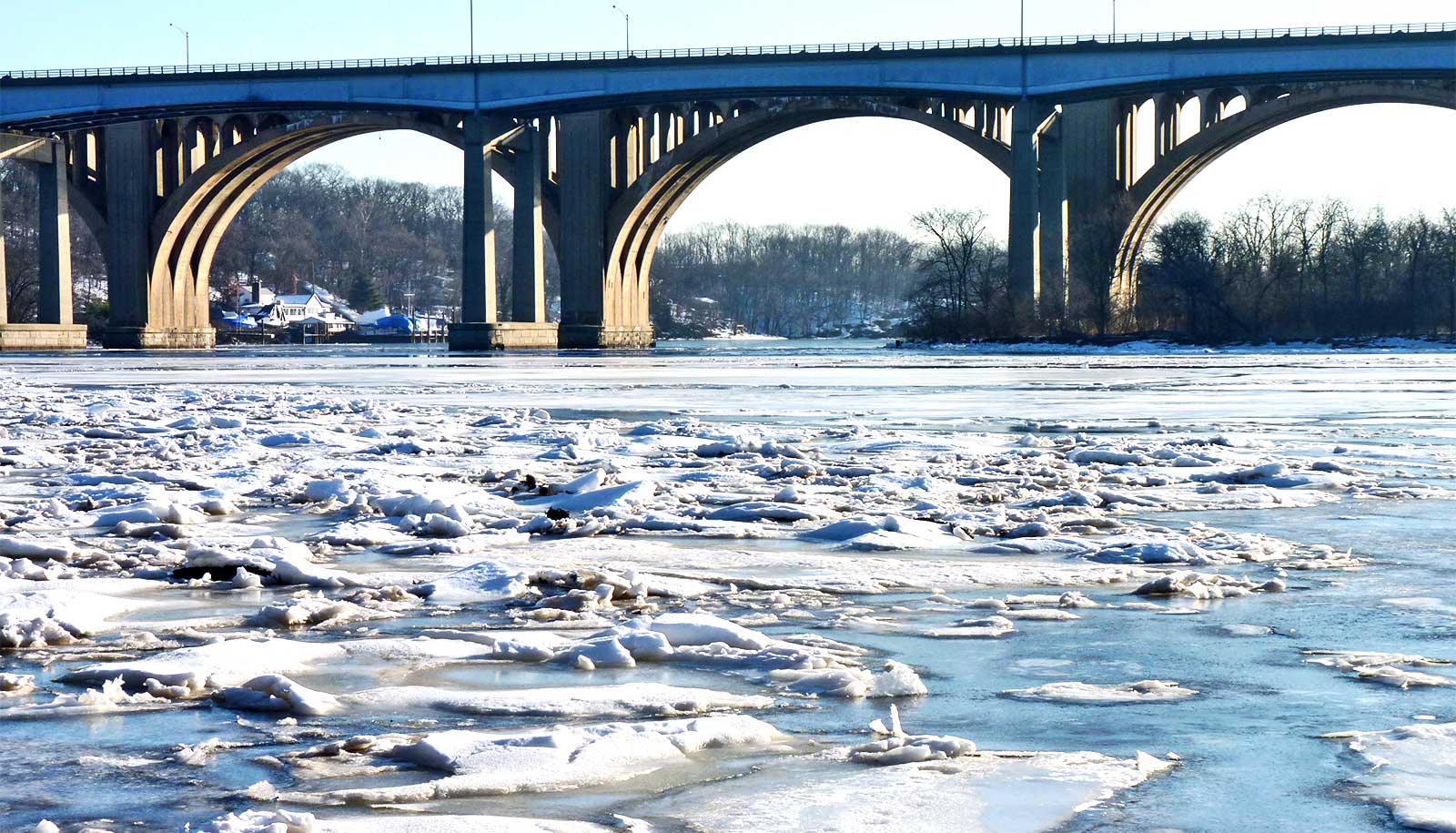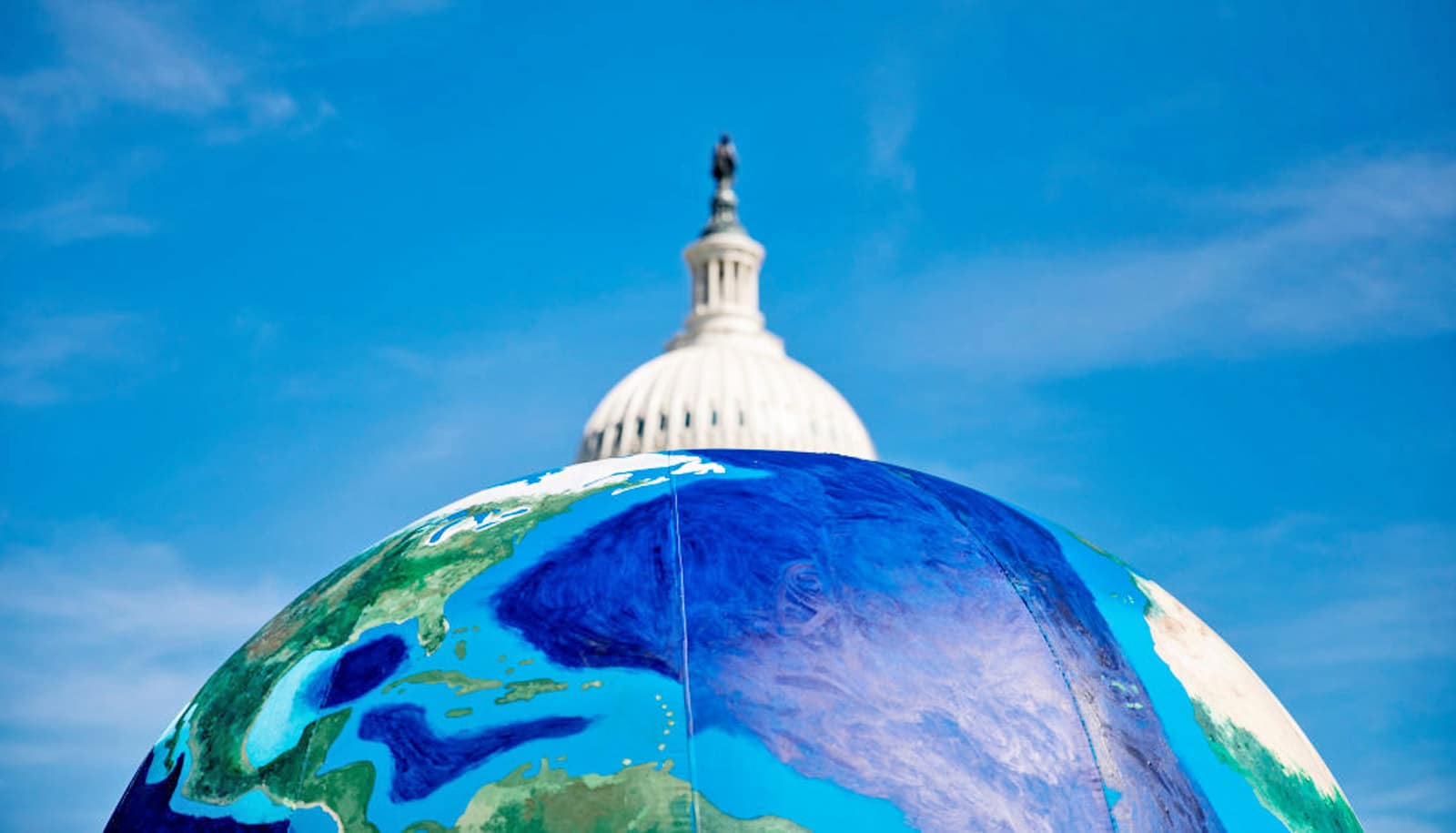Improper adoption of climate impact modeling could leave us ill prepared for even higher temperatures and more frequent heatwaves, according to new research.
Researchers compared two major climate modeling methods: transient climate, where the global temperatures are consistently rising over the next 80 years, and equilibrium climate, where the temperatures rise and reach a steady equilibrium over the course of centuries.
The study in Nature Climate Change finds that, in order to be effective, climate change policies need to take into account the significant differences between transient and equilibrium climate models.
More than 90% of the world’s population would experience higher local temperatures and twice the number of heatwaves as per transient climate modeling compared with equilibrium modeling at the same global temperature.
Globally, emissions and climate change targets, including those set by the 2015 Paris Agreement, are more often based on equilibrium climate models.
It would be more appropriate to also take into account transient modeling to prepare climate change policies for the near future, says lead researcher Andrew King from the University of Melbourne’s School of Earth Sciences.
“Differences in methods used to simulate future climates could lead to inadequate information and development of ineffective policies,” King says, “especially in building resilience for future extreme heat events.”
The researchers used simulated future worlds to compare the two climate modeling methods.
The transient future climate model showed that the northern hemisphere would experience warmer average temperatures in summer. The researchers also observed that poorer regions of the world had a greater probability of hot seasons.
The study concludes that using multiple modeling methods would more comprehensively help to examine the impacts of the Paris Agreement global warming levels.
“If we manage to implement effective policies and meet the Paris Agreement goals we will benefit from fewer hot summers and, in some populated areas, we should see a reduction in heat extremes relative to the current climate,” King says.
The research took place at the University of Melbourne’s School of Earth Sciences and the Australian Research Council (ARC) Centre for Excellence for Climate Research in association with the School of Earth, Atmosphere, and Environment at Monash University. ARC research grants funded the work.
Source: University of Melbourne



